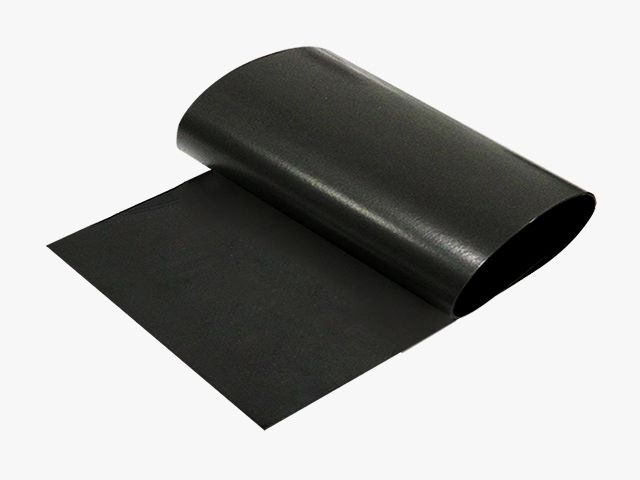Selection and application of buffer foam between module cells
source: Foam Pageviews: time:Mar 13, 2024
describe:
The buffer between module cells is a crucial link. In order to ensure the safety and stability between cells, it is essential to choose the appropriate thickness of buffer foam. Shenzhen Kaiming will discuss the selection and application of buffer foa
Selection and application of cushioning foam between module cells
In the manufacturing process of electronic products, the buffer between module cells is a crucial link. In order to ensure the safety and stability between cells, it is essential to choose the appropriate thickness of buffer foam. Shenzhen Kaiming will discuss the selection and application of
cushioning foam between module cells.
1. The role of cushioning foam
Cushioning foam is a material with good elasticity and shock-absorbing properties and is widely used in the manufacturing process of electronic products. In applications between module cells, buffer foam can play the following roles:
1. Buffering effect: Alleviating the mechanical impact between cells and reducing damage to the cells from collisions and vibrations.
2. Shock-absorbing effect: absorbs external shock and vibration and protects the battery core from the impact of the external environment.
3. Insulation: Prevent short circuits and electrical failures between cells and improve the safety of cells.
4. Fixing function: fix the position of the battery core to prevent the battery core from moving and dislocating during transportation and use.
2. Choose the appropriate thickness
Choosing the right thickness of cushioning foam is key to ensuring its functionality. The following factors need to be considered:
1. Battery core size: Battery cores of different sizes require different thicknesses of buffer foam. Generally speaking, modules with larger cells require thicker buffer layers to provide better protection.
2. Vibration environment: Select the appropriate cushioning foam thickness according to the usage environment of electronic products. In high-vibration environments, thicker buffer layers are required to absorb shock and vibration.
3. Weight distribution: Consider the weight distribution of the battery core to ensure that the buffer foam can evenly share the weight of the battery core to avoid excessive local pressure.
4. Available space: According to the available space of the module design, select the appropriate thickness of cushioning foam. Make sure the buffer layer does not take up too much space and interfere with the overall design and assembly.
3. Application skills of cushion foam
When applying buffer foam between module cells, you also need to pay attention to the following points:
1. Evenly distributed: Evenly distribute the buffer foam between the cells to ensure that each cell is fully protected.
2. Adhesion performance: Choose buffer foam with good adhesion performance to ensure that it can adhere firmly to the surface of the battery core and not easily fall off.
3. Waterproof and dustproof: Choose cushion foam with waterproof and dustproof functions to protect the battery core from liquid and dust.
4. Regular inspection: Regularly check the status of the buffer foam. If wear or aging is found, replace it in time to ensure the safety and stability of the battery core.
The use of buffer foam of appropriate thickness between module cells can effectively protect the cells from shock, vibration and electrical faults. Selecting the appropriate thickness requires consideration of factors such as cell size, vibration environment, weight distribution, and available space. During application, you need to pay attention to tips such as even distribution, adhesion properties, waterproofing and dustproofing, and regular inspections. Through reasonable selection and application of buffer foam, the safety and stability of module cells can be improved and the quality and reliability of electronic products can be guaranteed.
Shenzhen Kaiming provides various brands of foam materials and adhesive material die-cutting services. Die-cutting includes precision stamping, die-cutting, adhesive, compounding, slitting, rewinding, slitting processing, die-cutting and molding, etc. Provide technical consultation on polyurethane foam materials and die-cutting processing adhesive solutions. From materials, die-cutting, and adhesive backing, we provide customers with one-stop solutions and provide customers with high-quality, cost-effective end products. One-stop material procurement, from raw material procurement to die-cut finished products, eliminates multiple finished product procurement processes and allows customers to purchase faster.


